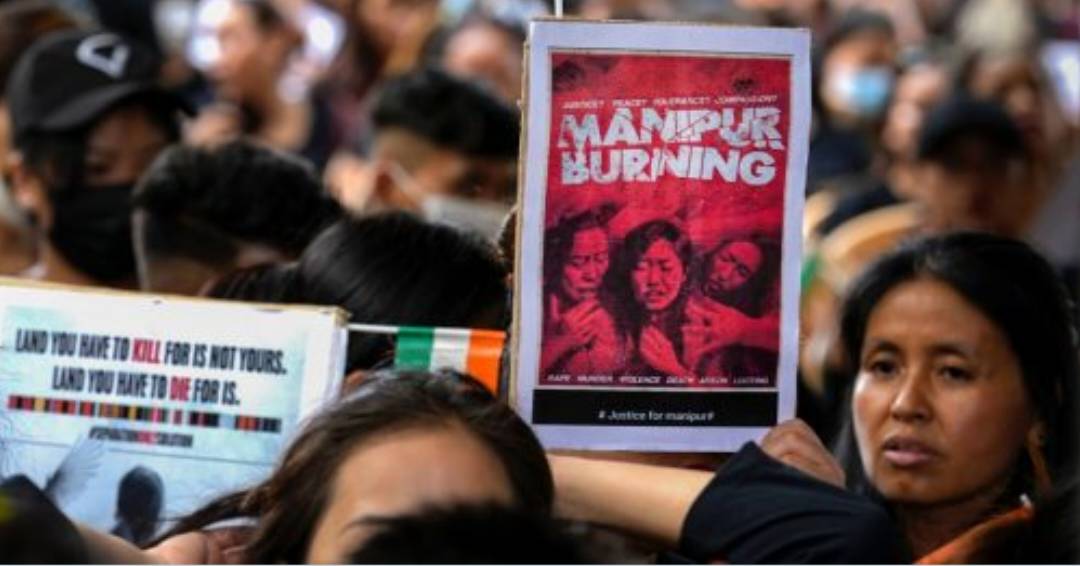
The Manipur government is working against the clock to finish the initial batch of prefab homes for 3,000 families who were displaced by ethnic violence. This effort aims to help them move out of relief camps where they’ve been staying for over three months.
Superintending Engineer P Brojendro from Manipur Police Housing Corporation Limited, leading the project, stated, “The construction began from June 26 onwards in five different places and we are racing against time to complete the state government’s initiative as soon as possible.”
One of these sites, near Sajiwa Jail in Imphal East district, has nearly completed 200 houses, each with two rooms, a toilet, and shared kitchens. Around 160 laborers are working to meet the August 20 deadline.
The transportation of construction materials into Manipur was a major challenge due to blockades on the state’s highways, but local laborers and those brought in by flights are helping to assemble the homes.
Prefabricated houses for 400 families are being built in Yaithibi Loukol area, and 120 more at Kwakta. Similar efforts are underway in Sekmai and Sawombung areas.
However, the completion of the Kwakta houses faced setbacks due to ongoing conflicts between unidentified individuals and state police, making it difficult to implement the project in certain areas.
Despite the challenges, internally displaced people (IDPs) are anticipating moving into the newly constructed houses, hoping for a fresh start. Some, like Kishorjit P, express an emotional attachment to their original homes and prefer to return when proper security is ensured.
On the other hand, Ranjita S sees the prefab houses as an opportunity to leave the relief camps and begin anew. She believes these houses are the first step towards rebuilding their lives.
The ethnic clashes, which started in Manipur on May 3 following a ‘Tribal Solidarity March,’ led to over 160 deaths and hundreds of injuries. The conflict arose as the Meitei community protested the demand for Scheduled Tribe (ST) status, with Meiteis making up the majority in the Imphal Valley, while Nagas and Kukis constitute a significant portion of the hill districts.

Post Your Comments